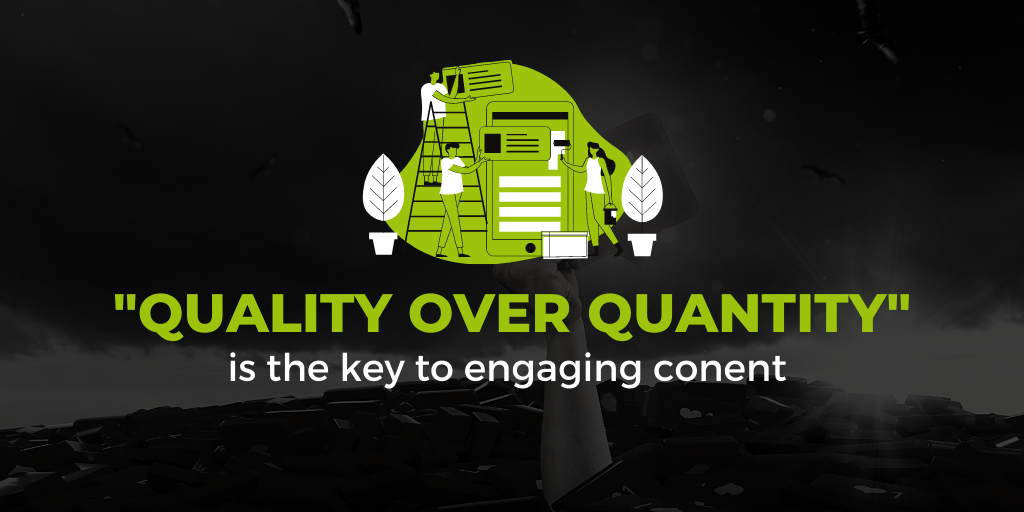Social media is one of the most important aspects of a marketing and communications strategy as it represents a chance to reach a large percentage of your audience easily, repeatedly, and, if done right, cheaply. Despite this, it remains an under-developed part of most strategies, with leadership often overlooking its complexities and allocating insufficient time and resources to getting it right. This leaves many social media managers struggling to maximize its potential as a platform.
Time and time again, social media managers complain about the same issues. Here are the three most common pain points:
-
Managing multiple platforms
As we get deeper into the digital age, social media’s dominance of marketing is growing. Traditional, big hitting platforms are growing more and more challenging when it comes to getting your voice heard, and more platforms are springing up stretching your time and resources even thinner to ensure you are reaching your audience.
On the surface this can mean making a wider range of content and ensuring you have a post on every platform, but it also means more platforms for you to research and monitor. Are your users using this platform? Should you be using this platform? What should you be posting? When you should you be posting it? What are other brands in your industry doing? What are they posting? How often? The list of questions goes on and on.
The key to successful social media is making sure you actually engage with your audience, and if you have dozens of platforms to monitor, then chances of you doing that effectively are very slim.
-
Making your content engaging
With more platforms and more reliance on social media comes a need for more content. It can seem to many that the answer is to simply post something all the time. But this can mean that you are posting things that your audiences simply don’t care about it, just to gain your share of the space. And this does not seem to drive engagement either. So, what’s the solution? It is quite simple: quality over quantity is the way to go. An article on Buffer stated that platforms, specifically Facebook, ‘uses meaningful engagement as an important signal that a post should be prioritized’ in an algorithm.

By analyzing your engagement, and that of your competitors, thoroughly you can see what content your audience are engaging with and use this to influence your own, whether it be the format, language, or visuals.
-
Measuring ROI
This is perhaps the biggest pain point for social media managers. If you are selling a product, it is easy to track where the purchase originated from. But exactly how you calculate ROI depends on the objectives of your institution. So what if you are trying to measure something relatively intangible like brand awareness, reputation, or loyalty? How do you prove that you have achieved that via social media? In the Higher Education sector, those traits are important and often among the key goals of social media channels. One key way to measure this is via engagement. Although likes can often be seen as vanity metrics, they can be an indication that your content is hitting the right people and your messaging is being approved and adopted.
But perhaps a more concrete metric to focus on is conversation. The Buffer article, mentioned above, claimed that ‘people don’t use social media for a one-way experience. They are seeking connections’. Think of it this way, to build a connection with a person in real life, you need to talk to them. That’s the same on social media. This was emphasized in an article on Hootsuite, which stated that “Tracking your conversation rate will help you understand how much of your audience is compelled to add their voice to the content you post on social”.
Amplification rate also provides a good indication that you are hitting your objectives. Amplification Rate is the ratio of shares per post to the number of overall followers. If your audience are sharing your content it shows that they are willing to associate themselves with your brand, your content and your messaging and therefore can be a good indication of your reputation and loyalty amongst your followers.
The World 100 SMART tool offers universities the chance to assess these pain points. With access to metrics across four key social media platforms, the tool can save social media managers time by having all the data in one place. The data provided is focused on how engaged your audience are to help you keep track on how engaging your content is and how your audiences are engaging, including monitoring key stats like conversation rate and amplification rate.
This powerful new tool also gives you a chance to see how your profiles compare to the top 400 universities around the world which allows you to assess the impact your profiles are having in a competitive marketing.


